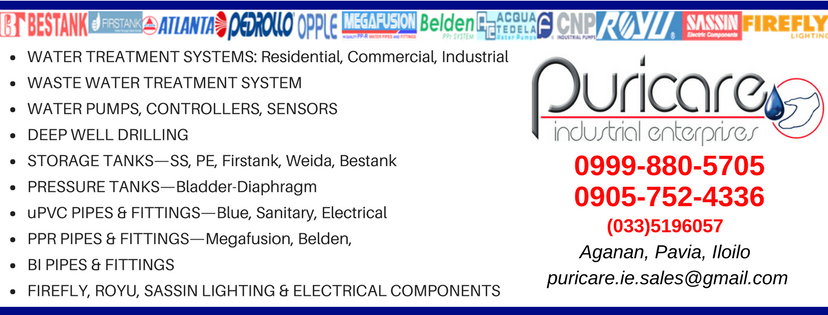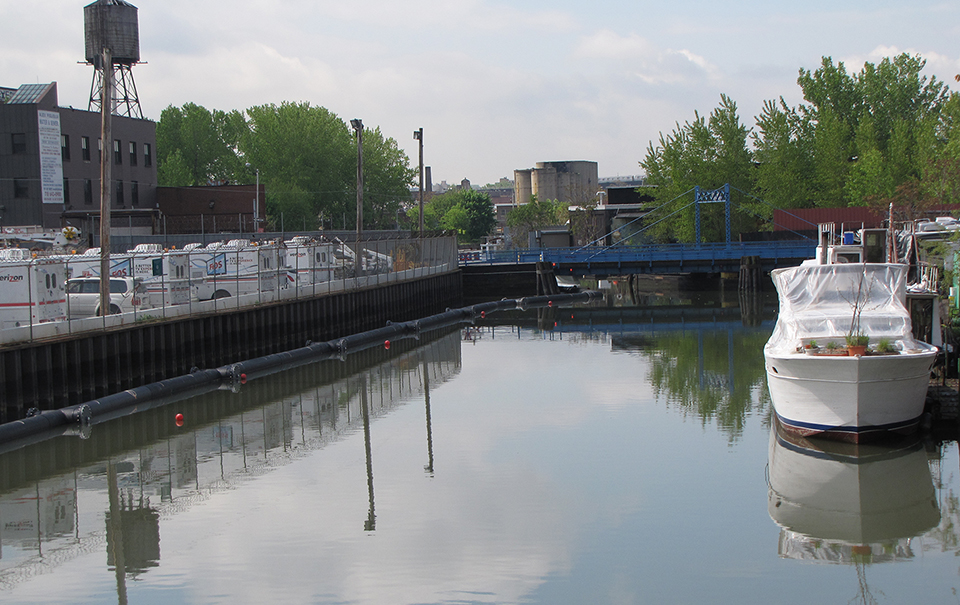:max_bytes(150000):strip_icc():format(webp)/200433926-001-F-57a5bd115f9b58974aee8234.jpg)
...................................................................................................................................................................
WD-40
The
Interesting History of WD-40
by
Mary Bellis
If you've ever used WD-40 to oil up something
squeaky in your home, you may have wondered, just what does WD-40 stand for?
According to the company that makes it, WD-40
literally stands for "Water Displacement 40th " attempt.
That's the name straight out of the lab book
used by the chemist who helped develop WD-40 back in 1953.
Norman Larsen was attempting to concoct a
formula to prevent corrosion, a task which is done by displacing water.
Norm's persistence paid off when he perfected
the formula for WD-40 on his 40th try.
Rocket Chemical Company
WD-40 was invented by the three founders of
the Rocket Chemical Company of San Diego, California.
The team of inventors was working on a line
of industrial rust-prevention solvents and degreasers for use in the aerospace
industry.
Today, it is manufactured by the San Diego,
California-based WD-40 Company.
WD-40 was first used to protect the outer
skin of the Atlas Missile from rust and corrosion.
When it was discovered to have many household
uses, Larsen repackaged WD-40 into aerosol cans for consumer use and the
product was sold to the general public in 1958.
In 1969, the Rocket Chemical Company was
renamed after its only product (WD-40).
Interesting Uses for WD-40
Two of the craziest purposes for WD-40
include a bus driver in Asia who used it to remove a python snake which had
coiled itself around the undercarriage of his bus and police officers who used
WD-40 to remove a naked burglar trapped in an air conditioning vent.
Ingredients
WD-40's main ingredients, as supplied in
aerosol cans, according to the U.S. Material Safety Data Sheet information,
are:
50 percent
"aliphatic hydrocarbons." The manufacturer's website claims this
ratio in the current formulation cannot accurately be described as Stoddard
solvent, a similar mixture of hydrocarbons.
<25 percent
petroleum base oil. Presumably, mineral oil or light lubricating oil.
12-18 percent low
vapor pressure aliphatic hydrocarbon. Reduces the liquid's viscosity so that it
can be used in aerosols. The hydrocarbon evaporates during application.
2-3 percent carbon
dioxide. A propellant which is now used instead of the original liquefied
petroleum gas to reduce WD-40's flammability.
<10 percent inert
ingredients.
The long-term active ingredient is a
non-volatile viscous oil which remains on the surface to which it is applied,
giving lubrication and protection from moisture.
The oil is diluted with a volatile
hydrocarbon to make a low viscosity fluid which can be aerosolized to penetrate
crevices.
The volatile hydrocarbon then evaporates,
leaving behind the oil. A propellant (originally a low-molecular-weight
hydrocarbon, now carbon dioxide) creates pressure in the can to force the
liquid through the can's nozzle before evaporating.
Its properties make it useful in both
domestic and commercial settings.
Typical uses for WD-40 include removing dirt
and removing stubborn screws and bolts. It can also be used to loosen stuck
zippers and displace moisture.
Due to its lightness (i.e. low viscosity),
WD-40 is not always the preferred oil for certain tasks.
Applications that require higher viscosity
oils may use motor oils. Those requiring a mid-range oil could use honing oil
instead.
Mary Bellis
Introduction
·
New York-based film producer and director
·
Singled out by Forbes magazine for her writing on
inventors.
·
Known in art and independent film circles by the name CalmX
·
Creator of computer-generated art
Experience
Mary Bellis was
a former writer for ThoughtCo, where she covered inventors for 18 years. She
was a freelance writer, film producer, and director. In addition, Forbes
Best of the Web credited her for creating the number one online
destination for information about inventors and inventions. Her writing
has been reprinted and referenced in numerous educational books and articles.
She was known for her short independent films and documentaries,
including one on Alexander Graham Bell. She specialized in making and
exhibiting computer-generated art, while working as an animator, journalist and
an independent video game developer. She died on March 28, 2015.
Education
Mary Bellis
held a Master of Fine Arts in film and animation from the San Francisco
Art Institute.
ThoughtCo and Dotdash
ThoughtCo is
a premier reference site focusing on expert-created education content. We are
one of the top-10 information sites in the world as rated by comScore, a
leading Internet measurement company. Every month, more than 13 million readers
seek answers to their questions on ThoughtCo.
For more than
20 years, Dotdash brands have been helping people
find answers, solve problems, and get inspired. We are one of the top-20
largest content publishers on the Internet according to comScore, and reach
more than 30% of the U.S. population monthly. Our brands collectively have won
more than 20 industry awards in the last year alone, and recently Dotdash was
named Publisher of the Year by Digiday, a leading industry publication.

:brightness(10):contrast(5):no_upscale():format(webp)/getty-PacoAlcantara-56a058ae3df78cafdaa1225b.jpg)
:max_bytes(150000):strip_icc():format(webp)/GettyImages-83994452-57896b1e3df78c09e928bcd1.jpg)


